
Doctorate confirmed: PhD reflections
Thursday 18 November 2021
After 4 and a half years, and hundreds of hours on various microscopes, I am now officially a Doctor of Philosophy in cardiac research and super-resolution microscopy.
My journey started when I met primary supervisor Izzy Jayasinghe, whose fluorescent microscopy work I had cited during my previous MPhil project.
Upon meeting the other supervisors Andrew Smith and John Colyer I felt confident to be joining an interdisciplinary and supportive team. Following a successful interview in front of a slightly daunting 5-member MRC panel in order to gain DiMeN DTP funding, project PhD was a go.
The early days in first year involved becoming competent at confocal imaging, dabbling with dSTORM super-resolution, and learning about cell culture practices. Importantly I made good friends who I would lean on for support throughout.

Most importantly was that I became competent at ExM, a super-resolution technique with expanding hydrogels, which formed the crux of my PhD. ExM wasn't actually in the original project proposal (DNA-PAINT was the proposed technique in the original outline).
I first heard about ExM months before the start of my PhD, whilst chatting at the SEB annual meeting in Brighton with soon-to-be PhD collaborator Christian Soeller, unaware quite how important this technique would become to my own career.
Thankfully we pursued this novel technique, and having managed to get 4x ExM working for isolated cardiomyocytes, gave the X10 recipe a go in my 2nd year, enabling 3D visualisations of cardiac calcium release units and ryanodine receptor phosphorylation in situ (at around 15 nm resolution) for the first time, culminating in a first author paper and book chapter .
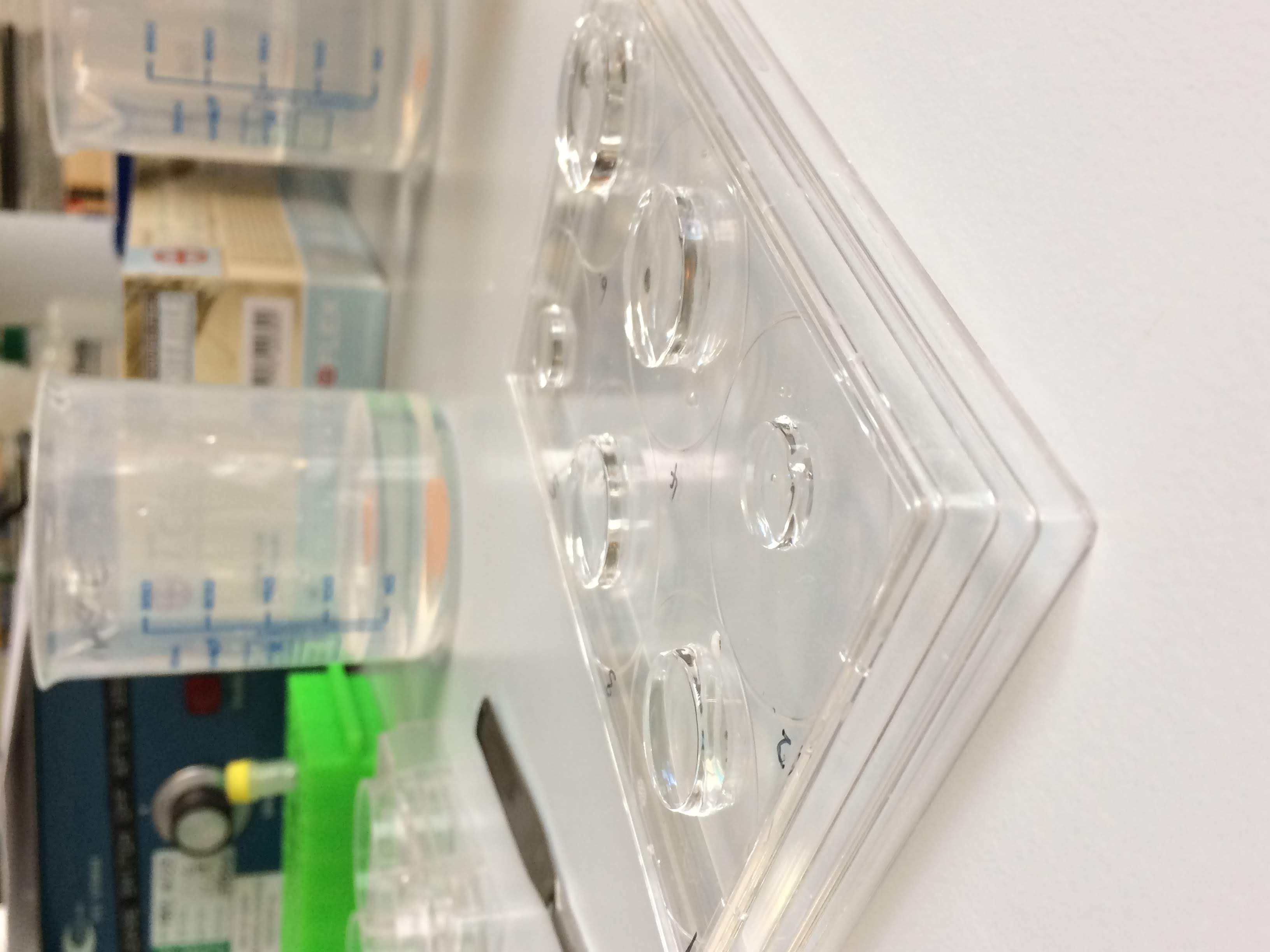
A particular highlight of my PhD (start of 3rd year) was when I flew across the world to the University of Auckland, to study pathological remodelling in heart biopsies from patients with idiopathic dilated cardiomyopathy (IDCM), in the lab of David Crossman.
This four-week project required an enormous amount of planning and efficient data collection. Not only that, but it gave me greater self-belief and unforgettable life experiences. I would encourage anyone to try a research placement internationally. Thanks to DiMeN DTP for funding.
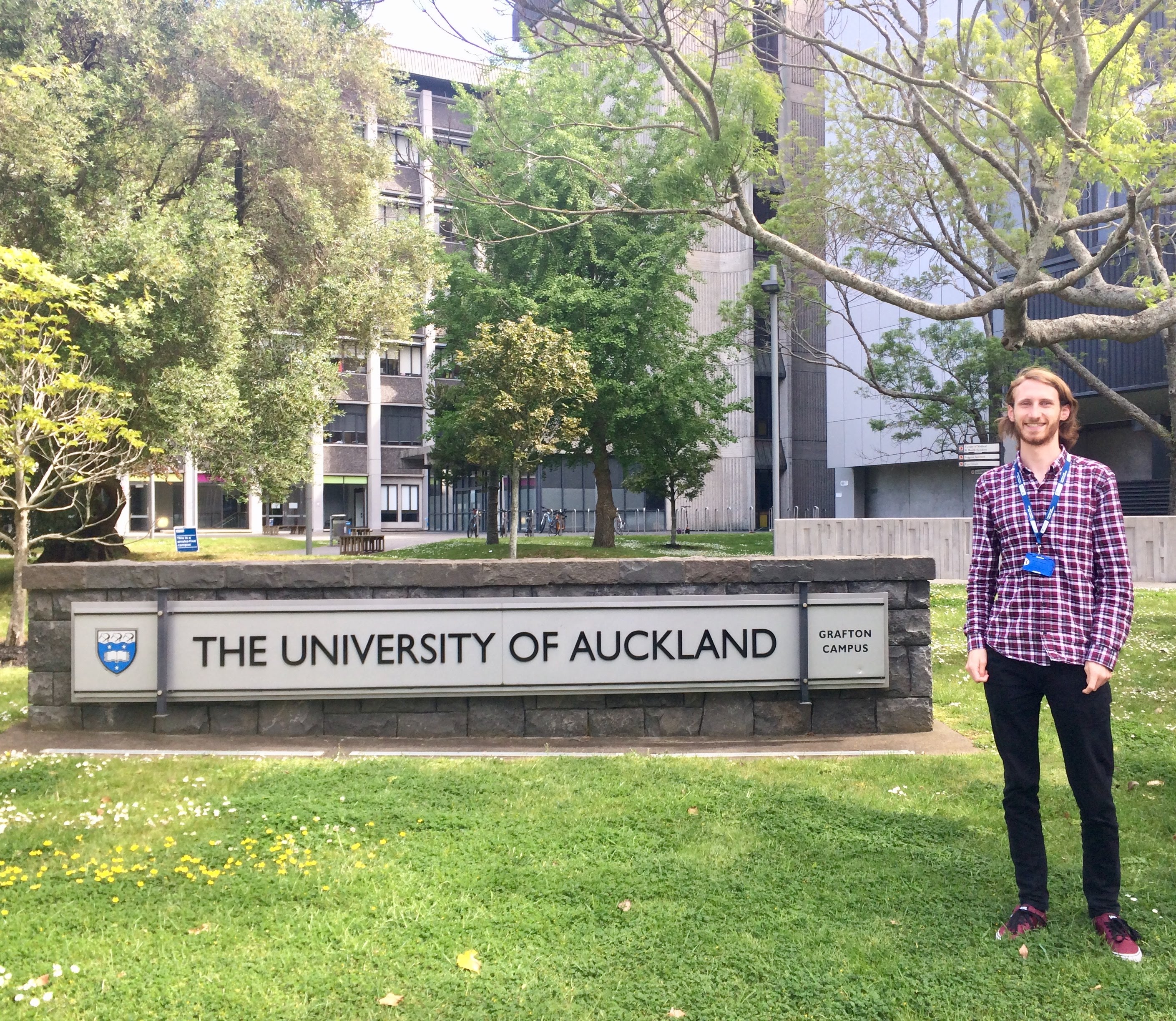
I'm grateful to have been able to work with industrial collaborators at Badrilla, including a year placement where I got to explore new skills in eCommerce, intellectual property and marketing. My research with Badrilla involved trialling peptide ligands as novel imaging probes for the ryanodine receptor, which allowed me to dip into structural biology, protein chemistry and bioconjugation, and ended up with the creation of a pre-print publication .

Other highlights from my PhD include presenting at the SMLMS annual conference in Delft, Holland, one-off collabs with Cairn Research and York university imaging facility, and the DiMeN retreat at Wydale Hall, which was invaluable for my personal and professional development.
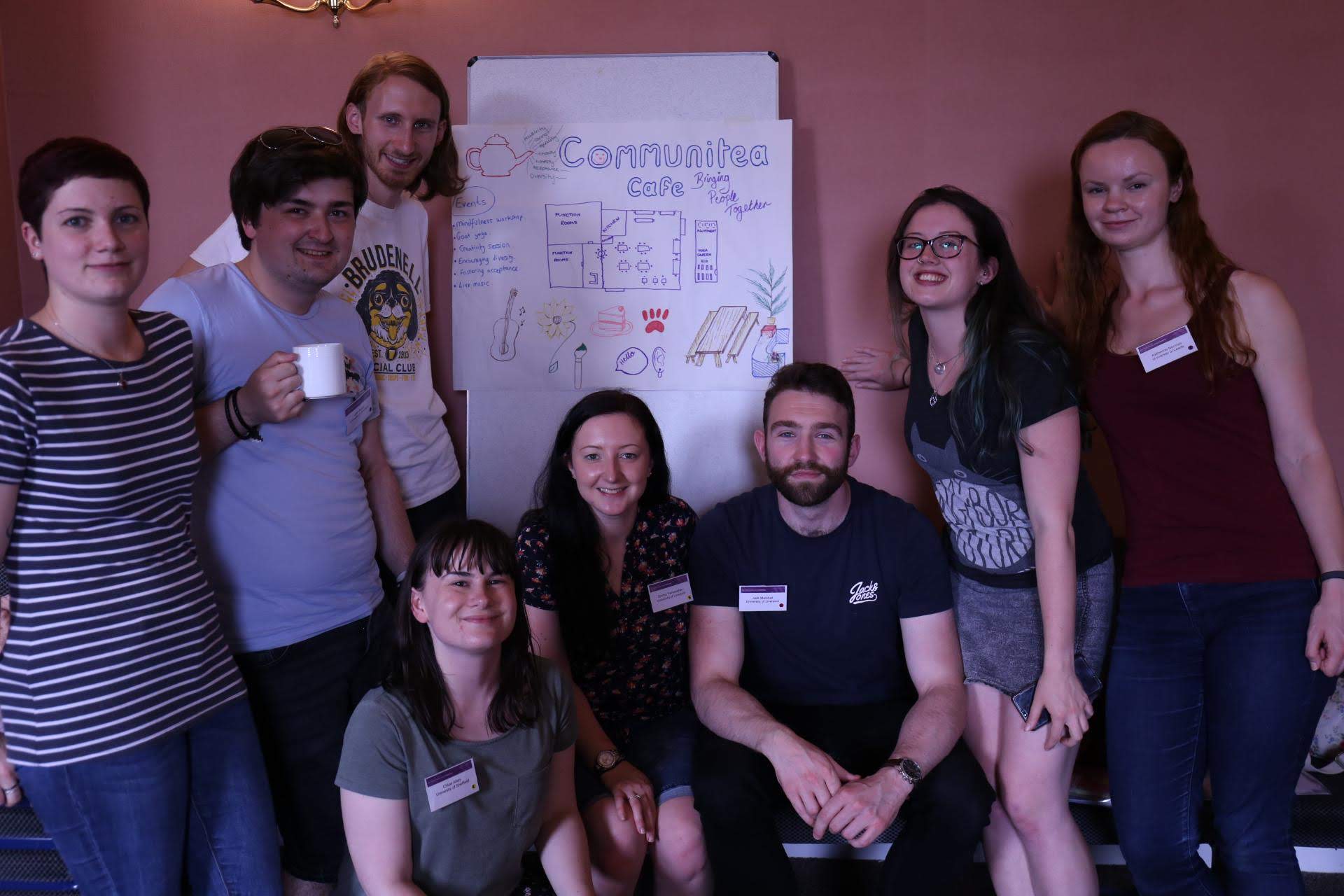
It wasn't all rosy. When my industrial placement ended a few months into the pandemic, I "returned" to PhD work, picking up loose ends after a year away from the project. 5 months of working from home (alone in a ground floor flat, with disturbances from furloughed neighbours upstairs) left me feeling exhausted and isolated.
A particular sadness strikes considering the lost office moments I should have had with friends, ones I so badly needed during the home stretch. A few final weeks in the lab in winter gave me the last datasets required for my fourth and final results chapter on stem cell-derived cardiomyocytes.
With my thesis still a work in progress, I started a postdoc in February 2021 with my supervisor Izzy who had moved to Sheffield, a position which I was delighted to secure knowing I would have stable funding for 3 and a half years, with an amazing boss I could trust.
Despite the positive career step in securing the postdoc, through significant burnout from thesis write-up I hit the worst low of the PhD, which forced me to take a 2-week break from everything. Thankfully the break and support from Izzy allowed me to recover, get set up in Sheffield, and I managed to get my thesis into shape over the next months, submitting in June 2021.

A month after submitting the thesis I had my viva, which was conducted virtually from home. 3 and a half hours of stimulating discussion and critical evaluation later, with examiners Sarah Callaghan and Alex Corbett, and the 4 and a half year effort was all but confirmed, pending minor corrections.
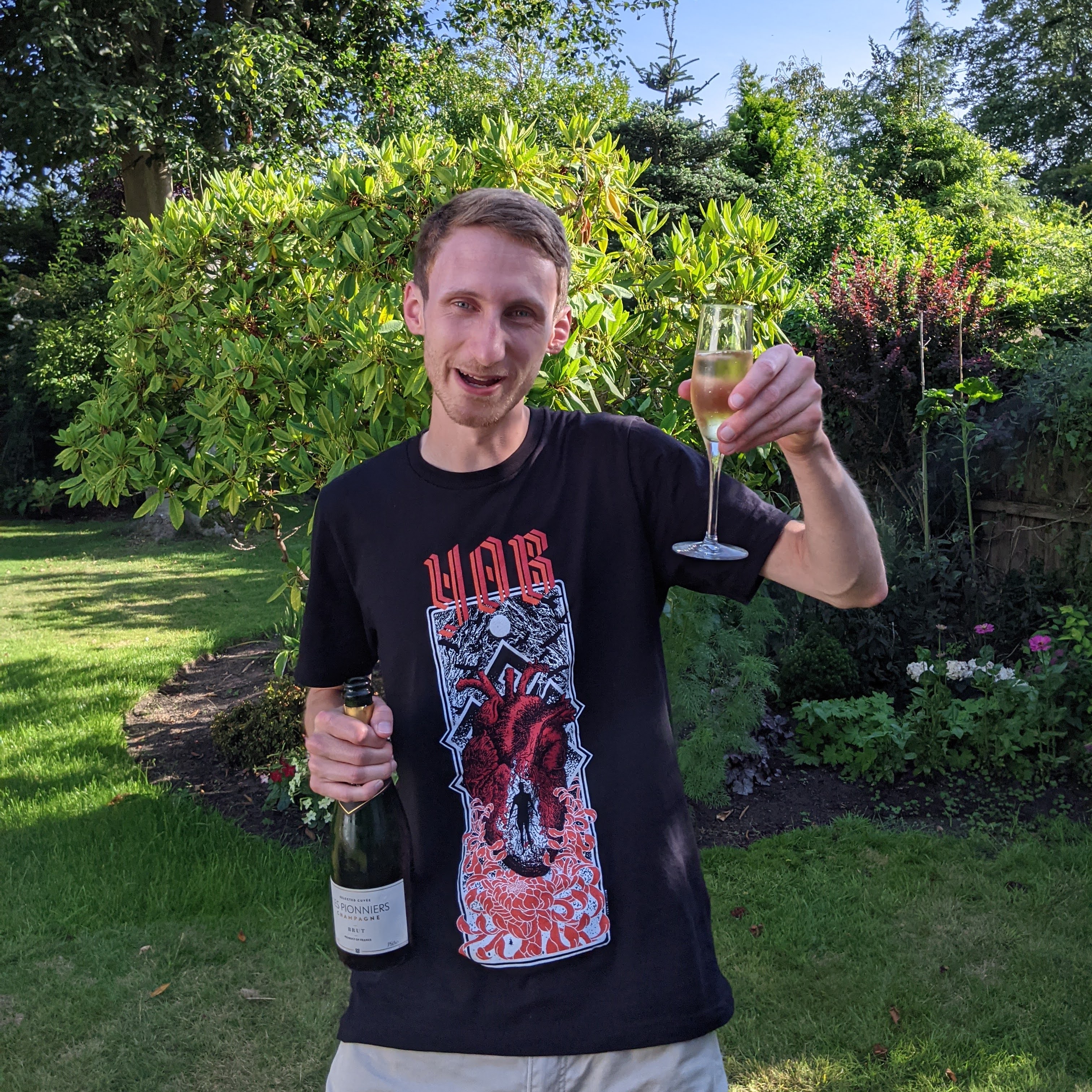
I am incredibly fortunate to have been supported by many wonderful people, without whom the PhD would not have been possible. My supervisors Izzy, Andrew and John taught me so much about science and academia, and gave me the confidence to experiment to the best of my abilities. The countless hours of chat with cardiac group pals in the lab, office and pubs will remain some of my most beloved PhD moments.
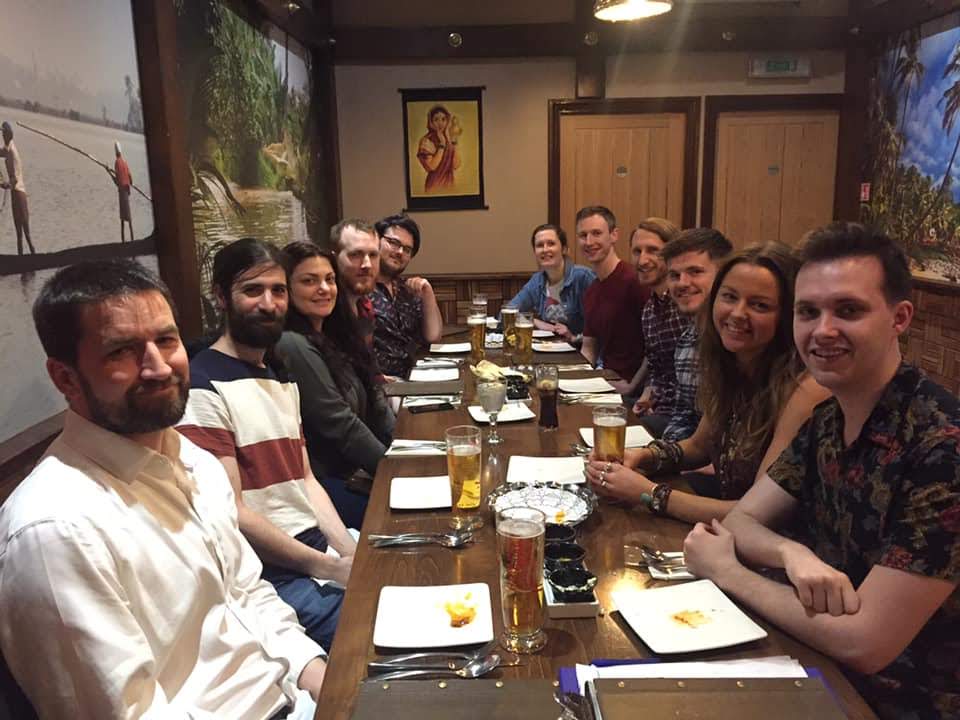
I owe an enormous thanks to the MRC and DiMeN DTP, who funded the project, and want to give a special mention to Emily Goodall who oversaw the DTP and arranged so many beneficial training events.
Lastly, I owe the most to friends and family, in Leeds and back home on Merseyside, for their support throughout this long but rewarding journey.